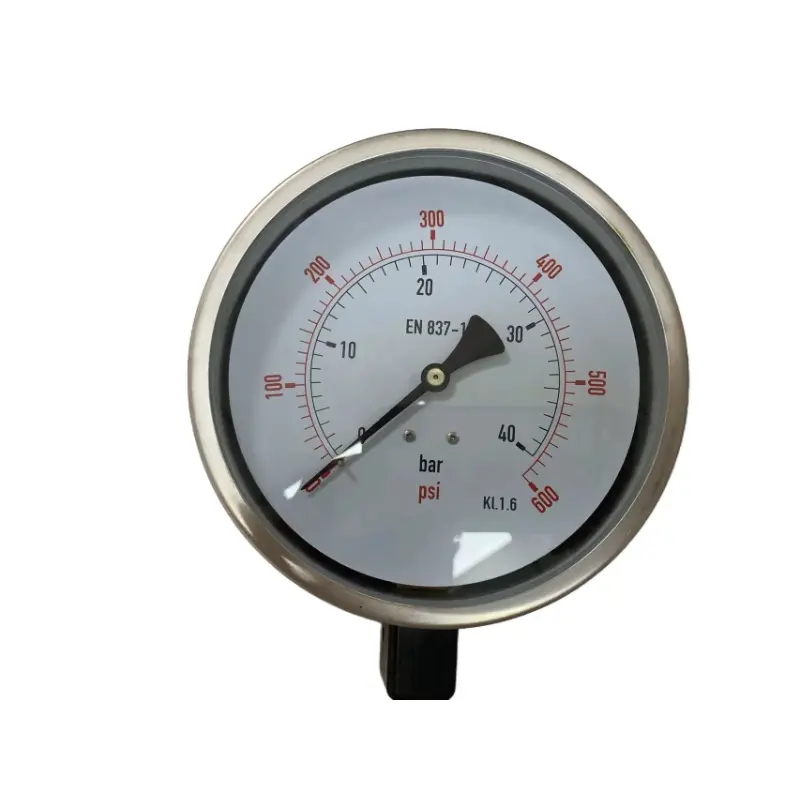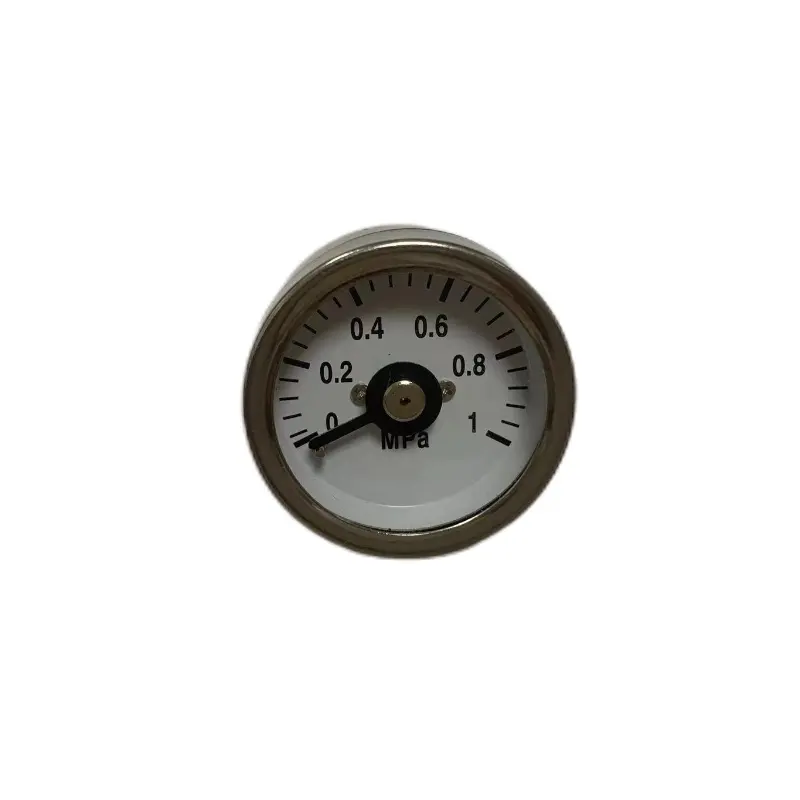Four major reasons and solutions for pressure gauge pointer jitter
Release time: 2025-07-09
Pointer jitter in pressure gauges is a common issue in many systems and devices. Not only does it affect the accuracy of pressure readings, but it may also cause damage to the equipment. Below are the four major causes of pointer jitter and their corresponding solutions to help users quickly identify and resolve the problem.
1. Mechanical Vibration Interference
Phenomenon: High-frequency pointer jitter caused by equipment or pipeline vibrations.
Solutions:
- A. Install vibration-damping supports or buffers: By installing vibration-damping supports or buffer devices, the mechanical vibrations generated during equipment operation can be minimized, reducing their impact on the pressure gauge.
- B. Use shock-resistant pressure gauges: Opt for shock-resistant pressure gauges filled with damping liquids like glycerin or silicone oil, which effectively absorb mechanical vibrations and stabilize the pointer.
2. Mid-pressure Pulsations
Phenomenon: Large pressure fluctuations caused by pumps or hydraulic systems, leading to continuous pointer movement.
Solutions:
- A. Install a pulse damper or throttling valve: A pulse damper can effectively reduce the impact of mid-pressure pulsations, while a throttling valve can stabilize pressure fluctuations.
- B. Install buffer elbows or air reservoirs: Installing buffer elbows or air reservoirs before the pressure gauge can help mitigate pressure fluctuations, ensuring stable readings.
3. Internal Component Failures
Causes: Broken hairspring, gear wear, or bent center shaft can lead to unstable pointer movement.
Solutions:
- A. Open the pressure gauge and inspect components: Check the tightness of the hairspring, and replace any damaged components as needed.
- B. Clean gear oil and adjust the gap: Regularly clean the gear oil and adjust the gap between the connecting rod and fan gears to ensure normal operation of internal parts.
4. Blocked or Leaking Pipes
Phenomenon: Pointer jitter and abnormal pressure readings, possibly caused by blocked or leaking pipes.
Troubleshooting Methods:
- A. Check for blockages in the pressure guide tube: Regularly inspect the pressure guide tube, and clean or replace blocked pipes to ensure smooth pressure transmission.
- B. Confirm the valve status: Check if the valve is fully open and ensure that the sealing gasket is not aged or damaged to prevent leaks.
By understanding and addressing these common causes of pointer jitter, you can effectively extend the life of your equipment, improve measurement accuracy, and avoid unnecessary maintenance costs. If you’re looking for solutions, choose the appropriate measures based on the specific situation to ensure smoother and more precise equipment operation.



